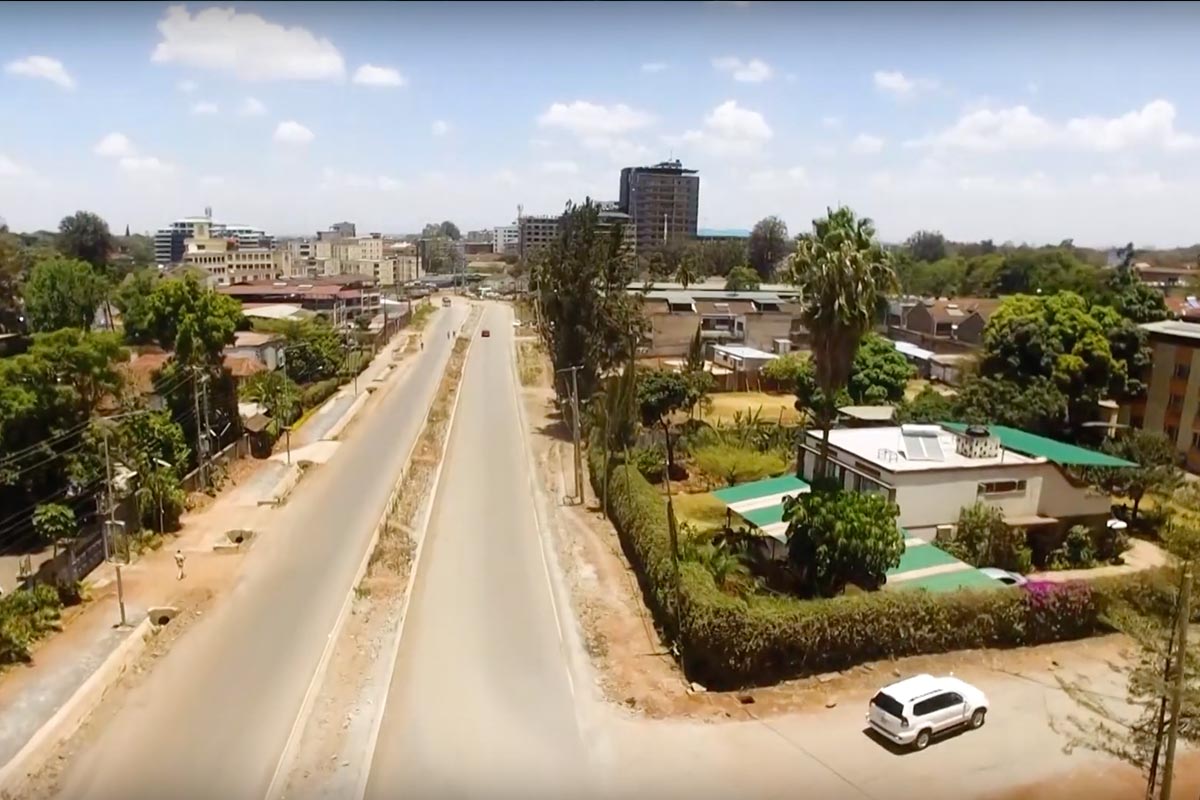According to the United Nations, more than two billion hectares of land that was once productive is degraded and an additional 300 million hectares of land will be required for food production by 2030.
As the world commemorates the World Day to Combat Desertification and Drought on 17 June, focus is on the links between consumption, land and sustainability.
Tabi Joda is a Nigeria-based advocate for community resilience and nature-based disaster risk reduction. He explains how cashew trees are helping to restore the ecosystems and degraded lands in West Africa.
Today is the World Day to Combat Desertification and Drought which is aimed at raising awareness of methods of preventing desertification and recovering from drought. Can you briefly tell us how significant this day is to you?
This day is very important to me in very many ways. As a nature-based disaster risk reduction champion, Restoration Ambassador for the Great Green Wall, and Africa Forest Land Restoration Initiative of NEPAD-AUD, and lead of many exemplary practical sustainable land management techniques on desertification mitigation and drought resilience, it gives me pleasure to be a leader in this subject and reignites my commitment to raise more awareness and innovating more ways to sustainably restore ecosystems and shape the way to the decade of true action for sustainable development that delivers on the global land degradation neutrality targets, the Sendai Framework, the Paris Agreement and the SDGs.
Can you tell us more about cashew trees? How do they contribute to reducing desertification and how did you embark on the planting adventure?
In the last 6 years, I planted over 7000 cashew trees in 18 communities in Central and West Africa to restore ecosystems and degraded landscapes. These trees are now in multiple ways contributing both in reducing desert encroachment in this region and improving the local communities’ capacity to adapt and build resilience to desertification and drought impacts.
Particular characteristics of this tree that caught my interest include the fact that a cashew tree grows from seed to fruiting in 25 months and a single tree at about 3 metres of height and 6 perimetres of branches can produce up to 10000 seeds of cashew fruits and nuts equivalent to about 100 kilograms per season.
Then you can imagine when the tree grows even larger and taller. So apart from this tree’s unique ability to grow and fruit fast with limited water and manure, its leaves and branches provide excellent shade for soil cover, moisture retention and serves as a wind breaker, as well as attracting birds. All of which makes this tree an efficiently excellent friend for reviving ecosystems and combating desertification and drought.
So you can see how the cashew tree efficiently and cost effectively boosts water cycle and reduces desertification [while] at the same time providing numerous ecosystem benefits and green growth opportunities for jobs, incomes, livelihoods. [This results in] reduced vulnerability to disaster risk in the communities where I planted.
Please share your thoughts on what can best be done to address desertification
To address desertification one of the most cost effective, people friendly and climate smart ways is planting trees and grasses to boost the water cycle, hold soil to prevent erosion, conserve moisture, and reduce dryness which causes desertification.
Regrettably, many trees have been planted but only a few end up growing because they are planted and left to their fate. As the planters leave, the trees die and the money and effort is lost. That is not how to address desertification.
A tree is like a baby. Once it is planted, it has to be nurtured, monitored and taken care of to grow and become a productive part of the ecosystem.
It is also important to know what kind of trees to plant, where to plant, when to plant and how to plant and manage them to successful growth. The United Nations Convention to Combat Desertification’s current desertification status indicates that more than two million hectares of previously productive land is degraded and over 70 percent of natural ecosystems have been fragmented. This erodes food systems and soil health, causing [increased susceptibility to] water deficit, weather variability, and extreme weather events. [The result is] increased vulnerability to climate risk and disasters that undermine livelihoods of local communities who depend mostly on land resources. And because nothing undermines development like a disaster, more practical effort is required to combat the growing scale of desertification risk.
The Sendai Framework underlines the need to reduce land and ecosystem related risk leading to disaster mortality and economic losses. This calls for more investment in nature-based solutions, awareness creation, identifying scalable exemplary projects and then replicating them across the region.
Tapping into the high-growth potential of eco restoration-efficient trees like the cashew will require building stronger partnerships and collaborations with stakeholders at all levels.
We can deliver tangible and measurable actions on the ground hectare-by-hectare, community-by-community, and year-by-year [by implementing] initiatives like the One Billion Trees for Africa, and its strategy in restoring 77 hectares of degraded lands in Tonengai community in West Cameroon.










